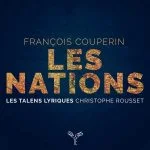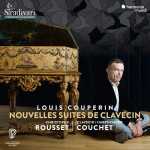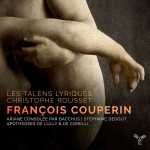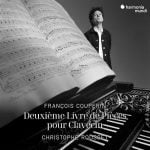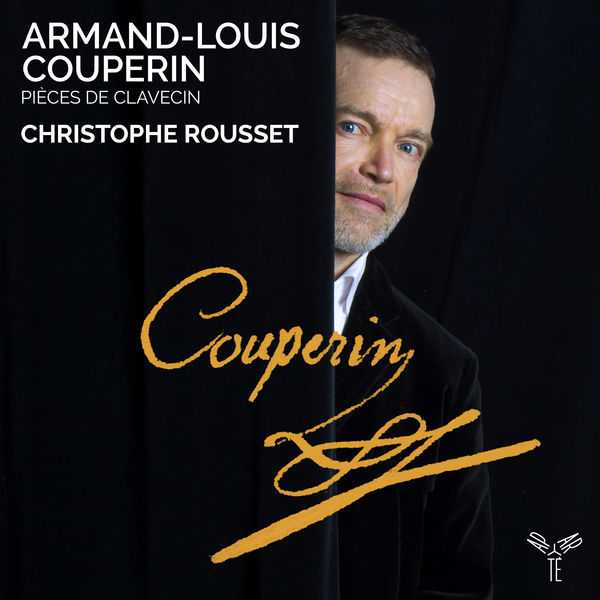

Composer: Armand-Louis Couperin
Performer: Christophe Rousset
Format: FLAC (tracks)
Label: Aparté
Catalogue: AP236
Release: 2020
Size: 2.02 GB
Recovery: +3%
Scan: yes
Pièces de clavecin en Sol
01. I. La Victoire
02. II. Allemande
03. III. Courante. La de Croissy
04. IV. Les Cacqueteuses
05. V. La Grégoire
06. VI. L’Intrépide
07. VII. Menuets
08. VIII. L’Arlequine ou la Adam
09. IX. La Blanchet
10. X. La de Boisgelou
11. XI. La Foucquet
12. XII. La Sémillante ou la Joly
Pièces de clavecin en Si Bémol
13. I. La Turpin
14. II. Gavottes
15. III. Menuets
16. IV. La du Breüil
17. V. La Chéron
18. VI. L’Affligée
19. VII. . L’Enjouée
20. VIII. Les Tendres Sentimens
21. IX. Rondeau gracieux
Pièces de clavecin en Si Bémol, Les Quatre Nations
22. I. L’Italienne
23. II. L’Angloise
24. III. L’Allemande
25. IV. La Françoise
Armand-Louis Couperin – François Couperin (‘le Grand’) was his father’s cousin – was regarded as one of the finest musicians of his time and his compositions, though little known today, provide us with precious evidence of the brilliance of the French harpsichord school and the skills of one of its most virtuosic representatives. This is the first ever recording of Armand-Louis Couperin’s sensuous and very original Pièces de clavecin, op. 1. Playing on a period instrument by Jean-Claude Goujon, now in the Musée de la Musique in Paris, Christophe Rousset brings out all the unique flavour of this music.
Armand-Louis Couperin was a much younger cousin of François Couperin, born in 1727. By the time these harpsichord pieces were published around 1750, new musical currents were in the air, even in France, and Armand-Louis had the bad fortune to be one of the first composers killed in a traffic crash. He was all but forgotten for 200 years, but he has received attention lately from various harpsichordists. None has had quite the charisma of the great Christophe Rousset, whose attentions here may well propel this music back into the harpsichord repertory. Couperin’s pieces have the same kind of descriptive titles familiar from the several preceding generations of French harpsichord music, but to portray him as a conservative hopelessly out of touch with trends in the middle 18th century is inaccurate. Listen to the second movement of the suite Les Quatres Nations, titled “L’Angloise,” with its Alberti bass. There are many other broken-chord figurations uncharacteristic of the High Baroque French style or even of Rameau, and some pieces here might be taken for Domenico Scarlatti. Others might be called fusions of Scarlatti and François Couperin. This is an exciting prospect, and it is this fusion, this balance of elements, that is the genius of Rousset’s playing. He loses neither the melodic element nor the brilliant ornamentation, and the result is compelling music that will be new to many listeners. One can’t ask for much more than that.
